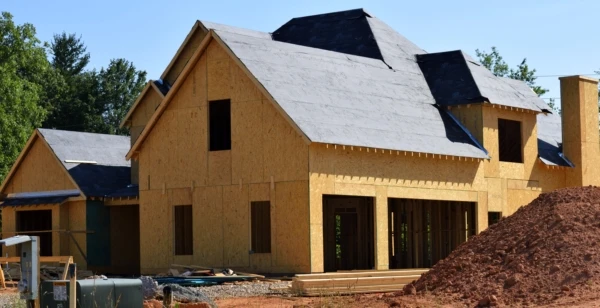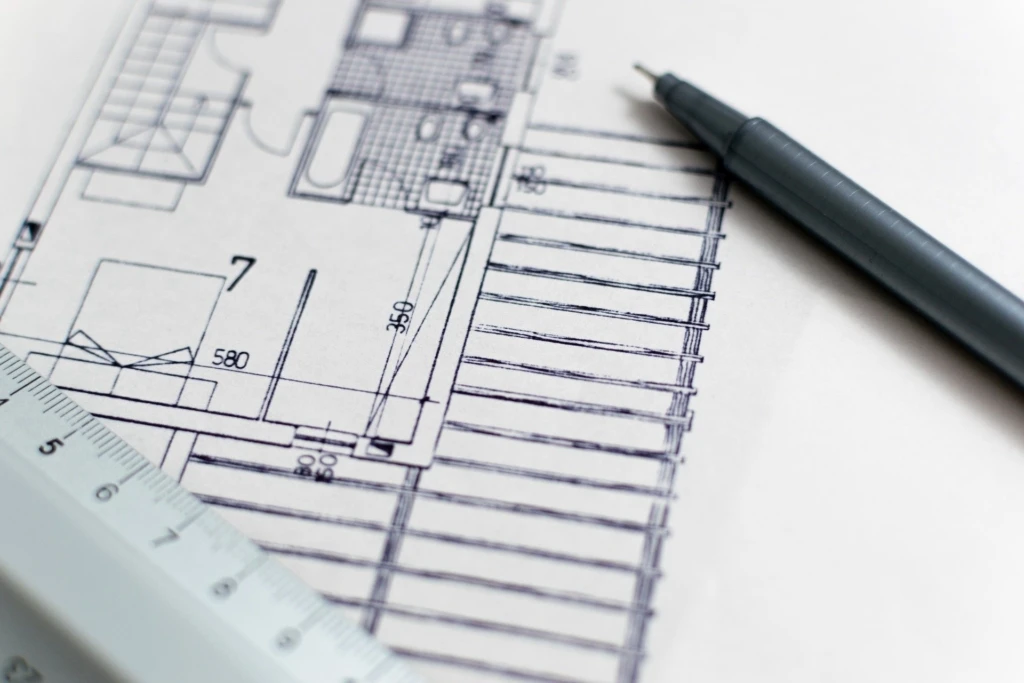What to Consider When Buying a Plot of Land

Building a house starts with finding a suitable plot of land. There are many offerings on the market, but how do you decide which plot is the most suitable for building your future home?
Pay attention to the land's intended use
You can find information about the land's intended use by making an inquiry in the Land Board's map application geoportal. By entering the cadastral reference or address, you can see if it is residential land. You should not go below the listings on real estate portals, where agricultural land or land with other intended uses are sold as residential land. To change the intended use, you need to contact your local government. Depending on the procedure, a request to the local government may be sufficient, or you may need to initiate a change in detailed planning, which is paid and can take up to a couple of years.
Make sure you can build on the property
The most accurate information about whether detailed planning has been established for the land area or whether it is possible to apply for design conditions for the property can be obtained from your local government. Design conditions specify the permitted number of buildings, their size, location, and so on. When purchasing a plot, you must consider that it is not possible to build everywhere. Building restrictions can be viewed in the Land Board's geoportal from the restrictions map application.

Check if the plot has a geodetic base plan
A geodetic base plan is a property drawing at a scale of 1:500 that contains all information related to the property: elevations, pipelines (such as drainage), existing vegetation, water bodies, and so on. It marks the connection points of all utilities, shows the building projection, roads, and so on. If the seller has not yet prepared a geodetic base plan, you must order one from a surveying office. Typically, this takes 1–3 weeks.
Check the possibility of connecting to the electricity grid
When connecting to the electricity grid, you need to consider the contract processing and connection fees. The contract processing fee is 55–78 euros, and the connection fee is calculated based on the distance of the connection point and amperes. Up to 400 meters from the substation, the connection costs 156 euros per ampere*.
The minimum number of amperes could be 16, but in order to live comfortably and without problems, we recommend choosing 25 amperes as the main switch size. So, if the house being built is located up to 400 meters from the substation, you need to pay 2,496–3,900 euros for the electricity connection*.
Connecting a new consumption point located more than 400 meters from the substation is much more expensive. The connection fee is calculated based on actual costs, such as material and construction costs, and to this is added a project management fee of 3.35% of the total work cost.
*Prices are indicative

Find out what options are available to connect to communal water supply and sewerage
If you buy a plot in a private location where neighbors are far away, you need to account for the construction and maintenance of a local water supply and sewerage system at your own expense. In rural areas, you need to account for the existence or construction of a dug well. On average, drilling a dug well costs about 500 euros, to which are added the costs of digging the water line, pipes, water pump, and other necessary materials. You should expect roughly a couple of thousand euros.
In densely populated areas, water and sewerage lines are usually present, and to connect you must enter into a contract with the company that manages the lines.
Determine whether the property has access and who maintains the road network
If the property you are buying is located in an area established by detailed planning, the road network is usually planned. You should pay attention to who owns the roads and whether access to the property is guaranteed from a public road. If there is no access from a public road and no easement has been established, banks will not provide loans either. Local governments are responsible for maintaining city or municipal roads. The situation is more complicated if the roads belong to a private individual or company that cannot or does not want to maintain the road network and is more focused on their own rights.
Building a home is a long and expensive process, but if you undertake it, you can design your home from the beginning according to your needs and wishes, and the final result will certainly provide satisfaction for many years to come.
Article source: Arco Vara




